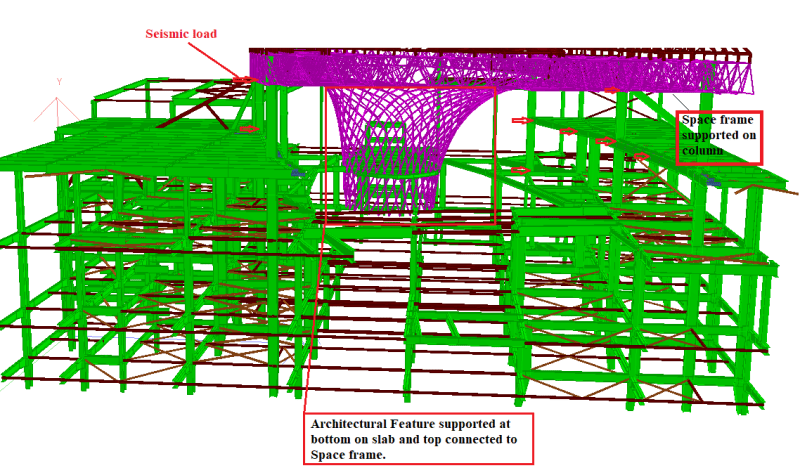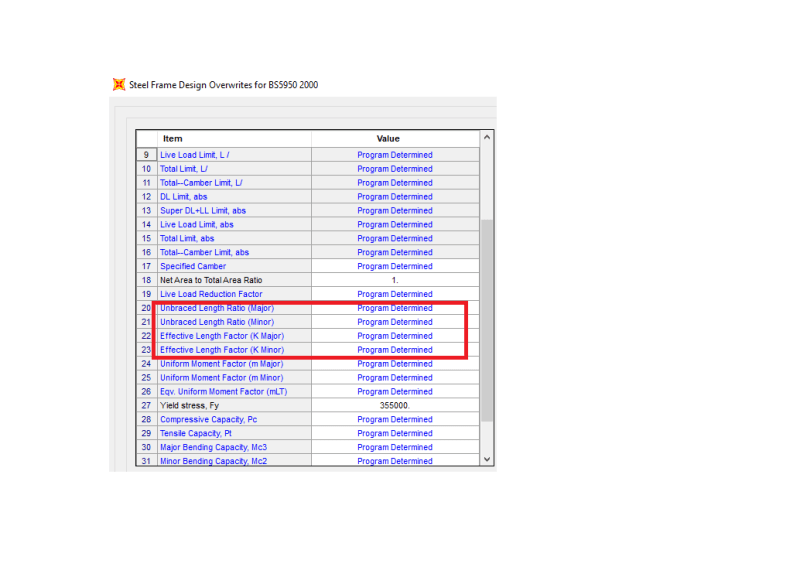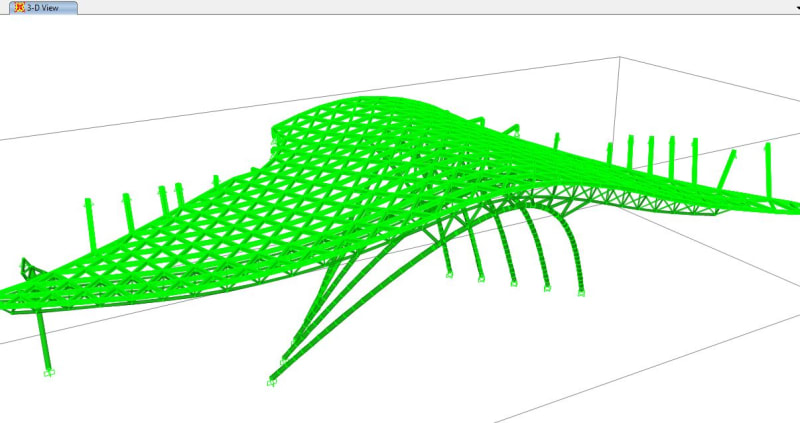steveh49, keep in mind I don't consider myself that much of an expert in the DAM, know enough to be dangerous!
DAM accounts for second order effects (residual stresses, initial imperfections, etc) through the modification of the flexural and axial stiffness in your analysis model. Therefore you are correct that you do not need to directly model any initial imperfections (typically codes might take this as length/1000). Reducing the stiffness is a way of allowing for these effects in a simple manner.
Correct also that the strength check directly takes account of the stability, due to the use of the notional loads displacing the structure into the buckling shape. Therefore it is quite important for structures with multiple buckling modes to assess multiple sets of notional loads, sometimes these will be acting in opposite directions to initially displace the structure to replicate the critical buckling mode.
This video illustrates an example of this concept whereby multiple buckling modes of the columns are investigated with respect to how the mega-braces and secondary stability bracing interact to ensure global stability of the entire system.
For the structure being discussed here, I believe if you were to use the DAM you would need notional loads at each node. With the direction these loads act corresponding to matching the critical buckling mode. Driving in a way the displacement of the structure to a state at which would replicate the critical buckling mode if the loads carried on incrementally increasing.
The reduction to stiffness directly account for the stability checks, therefore I believe you only need to check the section itself at discrete locations (a section check, vs a member check?), you don't need to check if the structure buckles over some given length, its taken care of by the analysis as all the notional loads and stiffness reductions are allowing for the onset of inelastic buckling. What I believe its replicating and a way of thinking about it is all these second order effects are allowed for and the structure at the end of your analysis is effectively at the point where it is notionally buckling, then you are just showing any point in the structure still has strength such that there is not any inelastic instability (i.e. confirming that nothing is yielding (effectively that some reserve strength exists) that prevents things keeping on moving/rotating/displacing and the structure ultimately becoming unstable and actually buckling).
Regarding your last paragraph, in DAM you can use intermediate node loads to model the imperfections, no need to do it directly. I think you are maybe missing this critical point based on what you have written?
In my mind for a complicated structure with multiple notional node loads acting in all sorts of directions, the use of a rational critical buckling analysis seems a whole lot easier to implement and manage. But maybe that is because I'm far more familiar with its use than the DAM. Both methods should be more widely adopted because assuming effective lengths is a fools game if you have a complicated structure or varying axial loads along a member. You never know you have made a conservative or unconservative guess unless you confirm it with some sort of rational buckling analysis, and then you might as well have done the buckling analysis in the first place with no guessing involved. Most software does this type of analysis these days, but you just have to know what its outputting and how to feed this back into your code equations (some of which was discussed above), and its important to note the value out of the analysis is not the capacity, imperfections/application of the code buckling curves accounting for initial imperfections still need to be undertaken.





